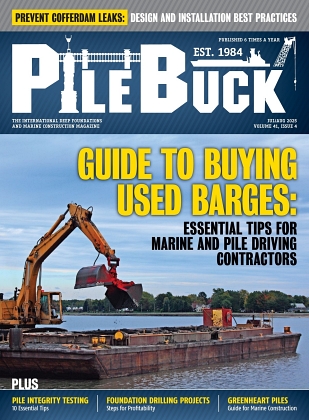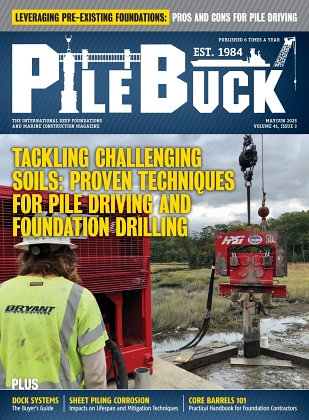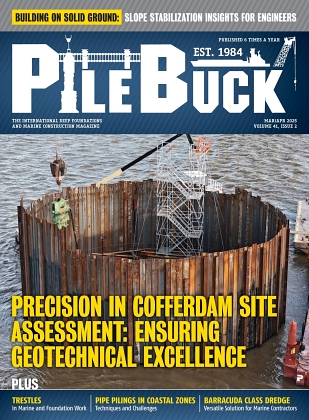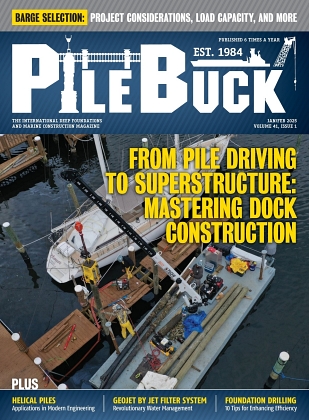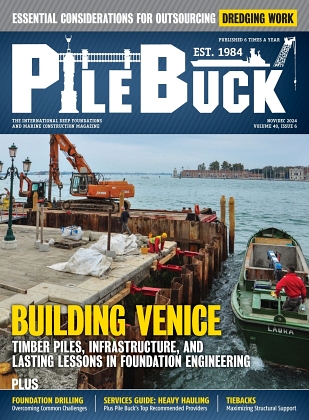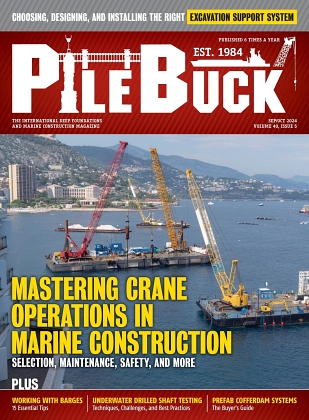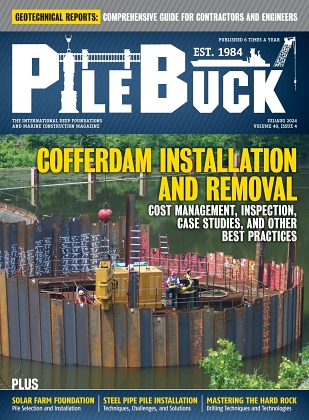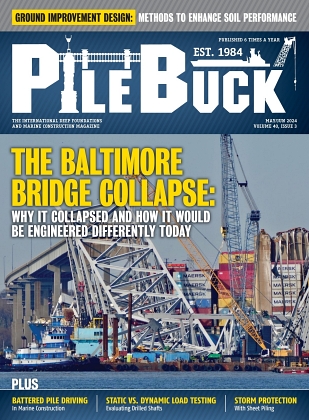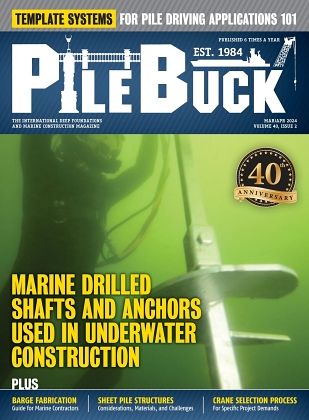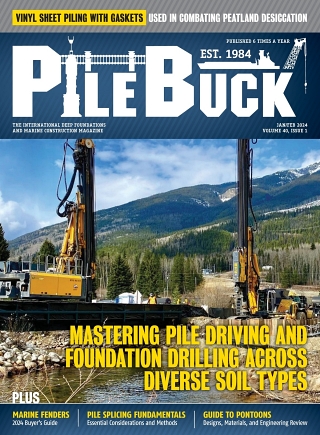Utilizing Aluminum Structures for Marine Construction

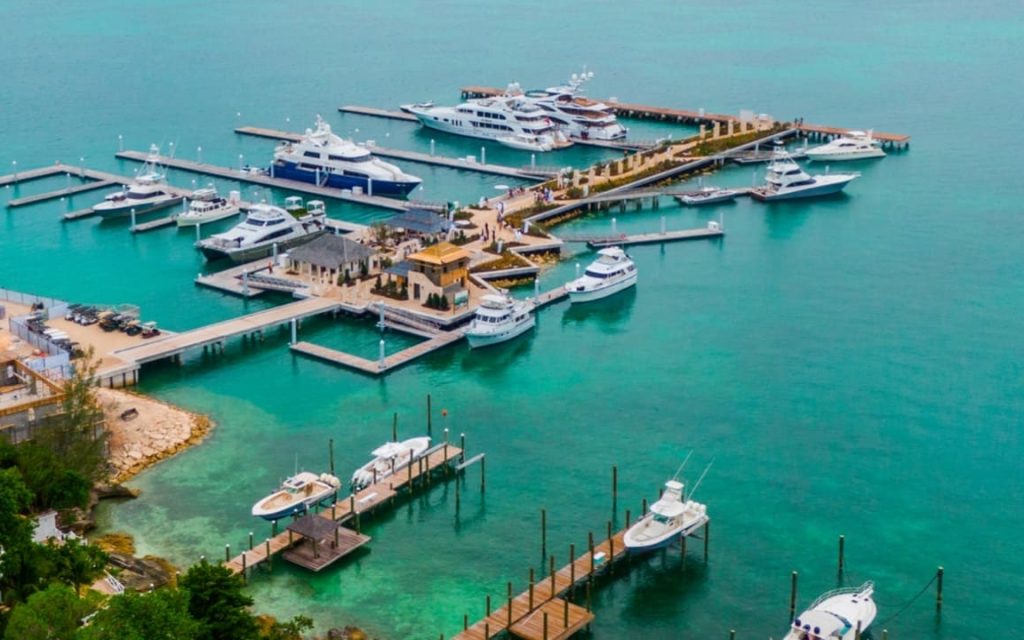
Across today’s waterfront developments, aluminum has become one of the most versatile and reliable materials for building docks, gangways, bridges, and other coastal infrastructure. Marine contractors and engineers continue to favor aluminum for its combination of strength, corrosion resistance, and long-term cost efficiency. From marina systems to pedestrian bridges, its performance is reshaping how modern shorelines are built and maintained.
The Strength of Aluminum in Coastal Engineering
High Strength-to-Weight Efficiency
A key reason aluminum dominates marine construction lies in its outstanding strength-to-weight ratio. According to multiple material studies, marine-grade aluminum alloys can achieve comparable structural strength to steel while reducing overall weight by up to fifty percent. This lightweight quality translates to easier handling during fabrication, transport, and assembly. When used in aluminum floating dock systems, it minimizes load on floats and pilings while simplifying seasonal installation and removal.
Superior Corrosion Resistance
Saltwater exposure is among the toughest challenges for any structural material. Aluminum naturally forms a self-protecting oxide film that resists corrosion and eliminates the need for extensive coatings or paints. This makes it particularly suitable for coastal protection structures such as wave attenuators, ferry landings, and marinas. Over decades, the reduced risk of rust or decay dramatically cuts maintenance costs and extends the service life of waterfront assets.
Practical Applications in Marine Construction
Floating Docks and Gangways
Floating dock systems are perhaps the most common use of aluminum in marine environments. The combination of extruded framing, modular assembly, and integrated buoyancy allows developers to create highly adaptable dock layouts. Many marina operators now prefer durable modular dock solutions because they can be tailored to site conditions and easily expanded as vessel traffic grows. Aluminum’s low density ensures that even large docks can be installed using minimal equipment, an advantage in tight or remote coastal areas.
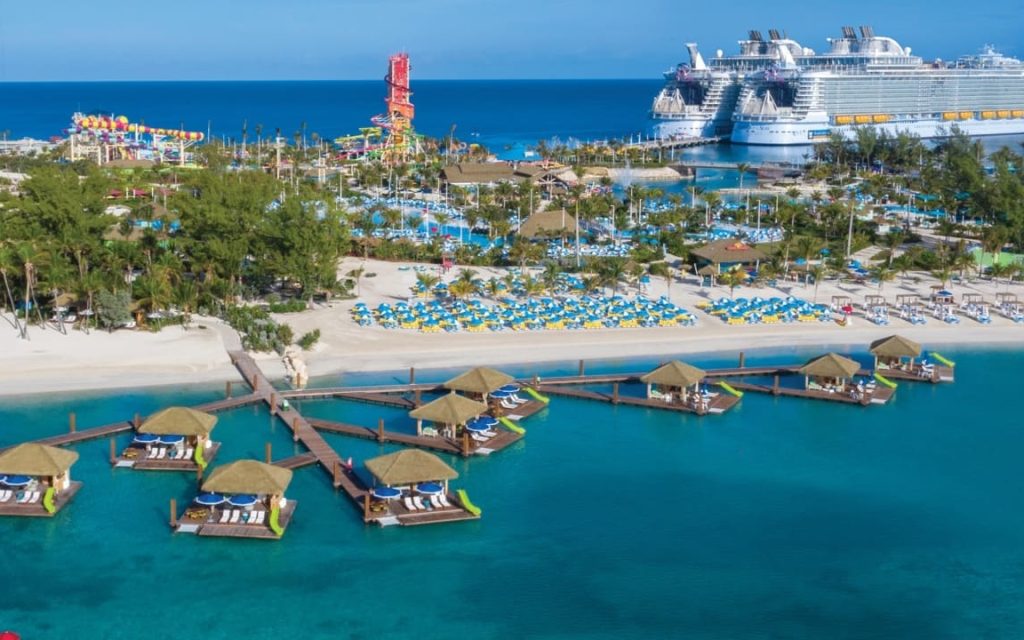
Pedestrian Bridges and Waterfront Access
Another growing application involves waterfront connectivity. Lightweight bridge spans, gangways, and public-access walkways fabricated from aluminum have become standard choices for developers and municipalities seeking long-lasting structures that blend function and aesthetics. Designers often specify prefabricated aluminum bridge solutions to minimize installation time and ensure precise quality control. Their reduced weight means smaller foundations, lower transportation costs, and faster project delivery without compromising safety.
Wave Attenuators and Shoreline Defense
Aluminum’s mechanical stability also makes it ideal for floating breakwaters and wave attenuators. These systems protect vessels and harbor structures from wake energy while preserving natural water flow. Many marinas are adopting floating wave attenuator systems that rely on corrosion-resistant frames and durable floats. Such designs maintain performance in constant motion and harsh conditions where steel would demand frequent maintenance.
Design and Material Advantages
Modular Construction and Quick Installation
Because aluminum is both strong and easily extruded, it lends itself to modular fabrication. Sections can be manufactured off-site and assembled quickly at the job location. This modularity is a defining feature of modular aluminum bridge systems used for emergency or tactical deployments, as well as for civilian infrastructure. The resulting efficiency reduces labor hours and minimizes environmental disturbance during installation.
Maintenance and Lifecycle Value
The long-term economics of aluminum outperform most competing materials. Unlike timber that warps or decays and steel that requires regular repainting, aluminum needs only occasional cleaning to remove salt deposits. When used for extruded aluminum utility covers, dock cleats, or structural connectors, this material significantly lowers upkeep costs. Studies comparing lifecycle expenditures have found that aluminum bridges and docks can achieve lower total ownership costs over twenty to thirty years.
Safety and Durability Enhancements
Modern waterfront projects also rely on impact-absorbing components to protect both structures and vessels. Integrating impact-resistant marine fenders along docks or quay walls prevents damage during mooring operations. These rubber and composite accessories pair effectively with aluminum frameworks because they do not introduce corrosion risks and maintain reliable energy absorption even after prolonged exposure to saltwater.
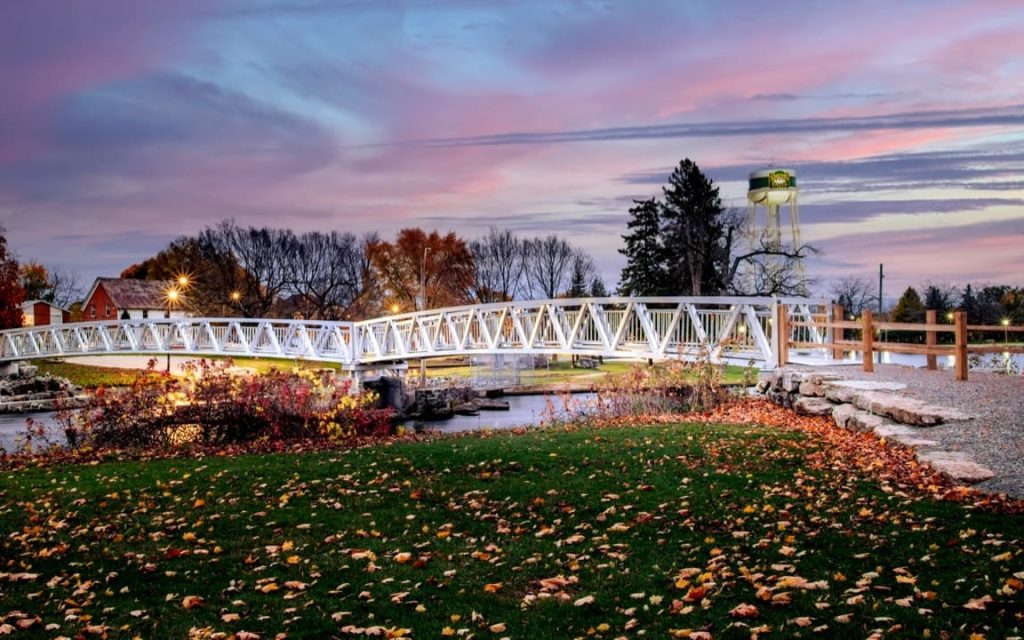
Sustainability and Environmental Benefits
Recyclability and Energy Efficiency
Sustainability is now an essential factor in material selection. Aluminum is fully recyclable and retains its mechanical properties indefinitely. Producing recycled aluminum consumes only a fraction of the energy needed for primary smelting, dramatically lowering carbon footprint. Contractors adopting sustainable lightweight construction materials can therefore demonstrate meaningful reductions in embodied energy while meeting green-building certification goals.
Long Service Life
Because aluminum structures resist corrosion and require minimal maintenance, they remain operational for decades without major refurbishment. Using low-maintenance marine decking or premium hardwood decking on aluminum frames further enhances longevity and reduces resource consumption. The combined result is a system that endures environmental stress with far fewer material replacements over its lifespan.
Engineering Considerations for Marine Designers
Structural Optimization
Designers must evaluate live loads, wave action, and wind pressure when specifying aluminum sections. Its elastic modulus differs from steel, so proper geometry and cross-sectional area are critical. Finite-element modeling tools help engineers achieve optimal balance between stiffness and weight reduction. Many prefabricated suppliers now provide customizable extrusions to match project-specific performance criteria.
Compatibility and Hardware Integration
Since marine installations involve diverse materials—rubber fenders, composite decking, stainless-steel fasteners—compatibility is key. Selecting marine-grade aluminum hardware ensures electrochemical stability and prevents galvanic corrosion when metals contact saltwater. Attention to detail in joint design, protective coatings on bolts, and isolation pads contributes to longer service life.
Aluminum has become indispensable to contemporary marine construction. Its light weight, structural strength, corrosion resistance, and sustainability advantages make it ideal for applications ranging from marinas and ferry terminals to pedestrian bridges and coastal defenses. By integrating solutions such as aluminum floating dock systems, prefabricated pedestrian bridges, floating wave attenuator systems, and low-maintenance marine decking, waterfront developers can deliver infrastructure that performs efficiently while demanding minimal maintenance. Those exploring advanced aluminum engineering for their next project can find extensive examples of advantages of aluminum in marine construction through industry-leading resources that showcase its enduring value across every shoreline environment.


